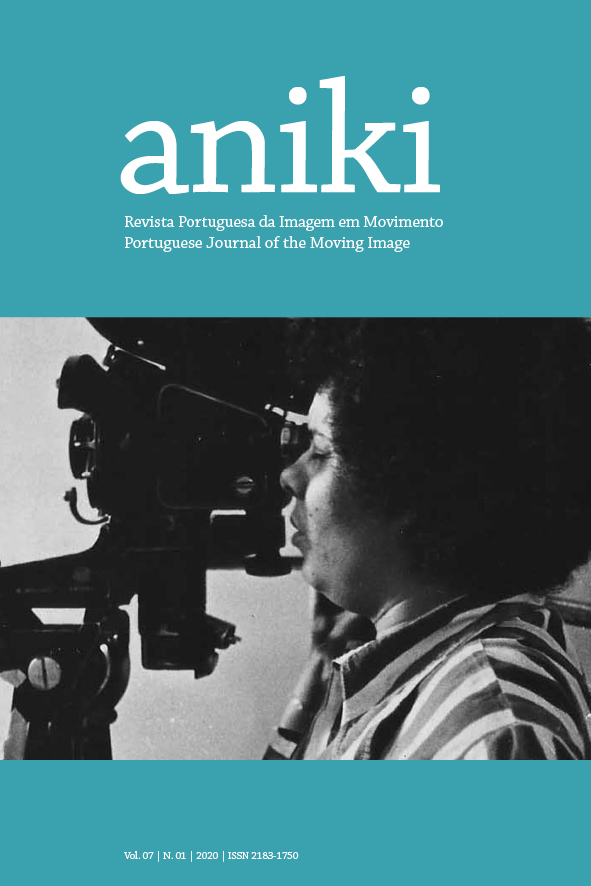Dramaturgical aspects in a dance video mapping project: the case of ‘Espaço Tempo Movimento’ (ETM) project
Keywords:
Dramaturgy, Dance Video Mapping, Transitoriness, MonumentalityAbstract
This article analyses the dramaturgy of dance video mapping “Espaço Tempo Movimento” (ETM), which took place in the Centro Coreográfico do Rio de Janeiro, in May 2016, using as parameters the monumentality of the support and the transitoriness of the audience. With the conceptual assistance of Roger Scruton, Georges Didi-Huberman and Hans Ulrich Gumbrecht, I analyse the dramaturgy of the scenes, from the thematic point of view of ‘beauty’, ‘tautological image’ and ‘presence’. A ‘vision from within’ was adopted to reflect on the creative process.





